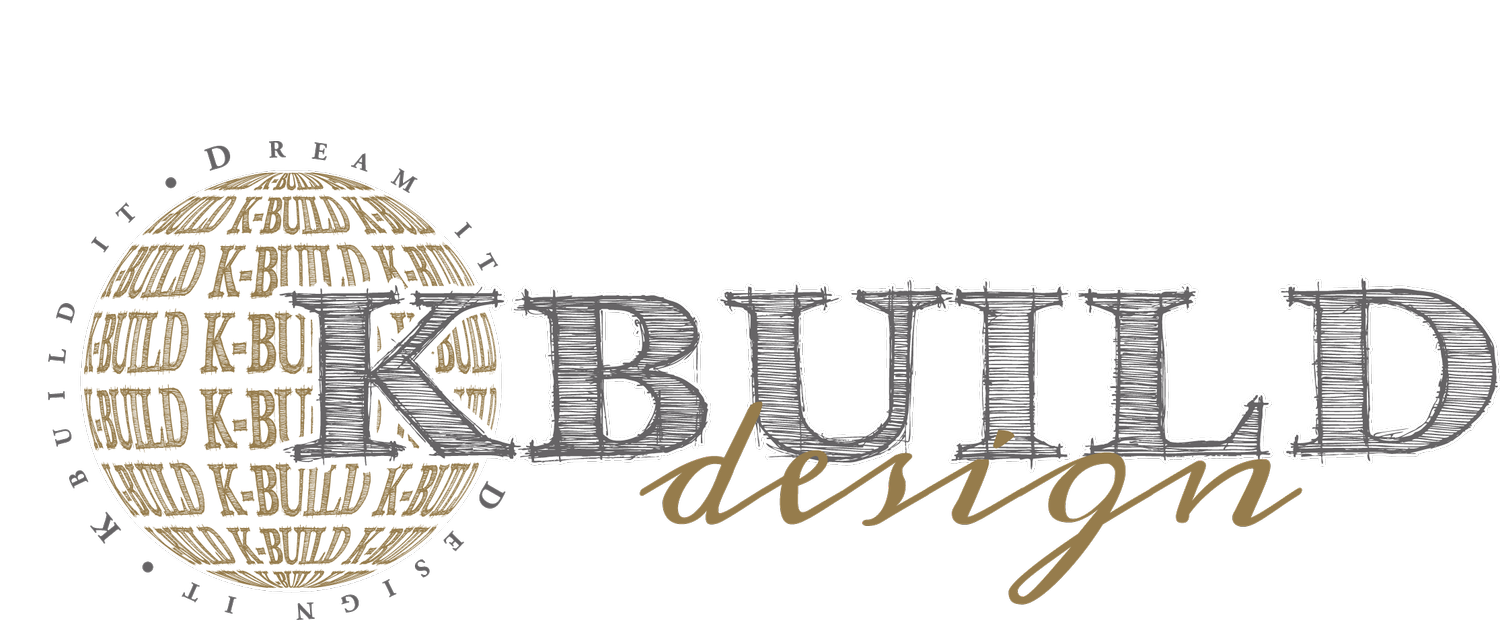Common Mistakes When Building A Home
Building your dream home is an exciting journey, but it can also be fraught with challenges. While designing and constructing a new house offers a unique opportunity to customize every aspect to your preference, it can be easy to overlook important details along the way. Even the most meticulously planned projects can encounter problems that lead to costly mistakes, delays, or future regrets. By understanding common missteps, you can better prepare for a smooth and successful home-building experience. Here are seven mistakes people often make when building a new home, and how to avoid them.
Underestimating The Budget
Budgeting is a critical step in any construction project, yet how many homeowners underestimate the total cost of building their home. Beyond the obvious expenses like materials and labor, additional costs-such as landscaping, permits, inspections, and interior finishing can quickly add up. Furthermore, unexpected changes during the building process, like adjusting floor plans or upgrading materials, can blow your budget out of proportion. It’s wise to allocate a buffer of 10-20% over the projected cost to cover these contingencies and avoid financial stress down the line.
Not Prioritizing Layout And Functionality
A well-designed floor plan should maximize both the beauty and functionality of your home. However, many homeowners get caught up in focusing too much on aesthetics, which can lead to room layouts that feel awkward or a lack of flow between spaces. It’s important to think practically about how your home will function on a daily basis. Consider movement patterns, furniture placement, and future uses of each space. A functional design will make your home more comfortable and livable while increasing its long-term value.
Poor Lighting Choices
Lighting can dramatically influence the ambiance and functionality of your home, but it’s often an afterthought during construction. Inadequate natural light, poor placement of light fixtures, or insufficient electrical outlets can result in darker, less inviting spaces. Plan ahead by incorporating a mix of natural and artificial lighting sources. Maximize windows for natural light during the day, and strategically place fixtures in areas where task lighting or mood lighting will be needed.
Neglecting Energy Efficiency
In an era of rising energy costs and environmental awareness, building with energy efficiency in mind is crucial. Unfortunately, many homeowners cut corners by not investing in energy-efficient materials, appliances, or insulation, which can result in higher utility bills and reduced comfort. Incorporating energy-efficient windows, proper insulation, and eco-friendly heating and cooling systems that may require upfront investment, but it will pay off over time reducing energy consumption and improving your home’s sustainability.
Overlooking Future Needs
Building a home for your current lifestyle without thinking about future changes can result in problems down the road. Families grow, circumstances evolve, and your home should be designed to adapt to these changes. Consider features like extra rooms that can be converted into home offices, guest rooms, etc. Think about aging-in-place options, such as wider doorways and step-free entrances, that will make the home more accessible in the long term. Planning for the future ensures your home remains functional and valuable for years to come.
Choosing The Wrong Materials
When selecting building materials, many homeowners are tempted to choose based on price or appearance alone. However, cheaper materials may not hold up well over time, leading to frequent repairs, while materials may not hold up over time, leading to frequent repairs, while materials that look great but require high maintenance may become burdensome. It’s essential to strike a balance between aesthetics, durability, and maintenance. For example, hardwood floors may be beautiful, but if you have pets or small children, more durable options like tile or vinyl might be a better fit.
Ignoring Storage Needs
Lack of storage space is a common complaint from homeowners after the building process is complete. Without sufficient storage, rooms can quickly become cluttered, leading to disorganization and frustration. Built-in storage solutions like closets, pantries, and attic or garage spaces should be incorporated early in the design phase. Consider how much storage your family will need both now and in the future, and plan accordingly to avoid running out of space later.
Building a new home is a significant investment, and avoiding common mistakes can make the process smoother and more rewarding. KBUILD has the opportunity to assist you in planning and building your new home. Reach out to us at 636-362-2015, send us an email at kbuild@kbuildit.com, or click this link to go straight to our project inquiry form. We will respond promptly and help you follow through with the next steps to start on your new home today!

